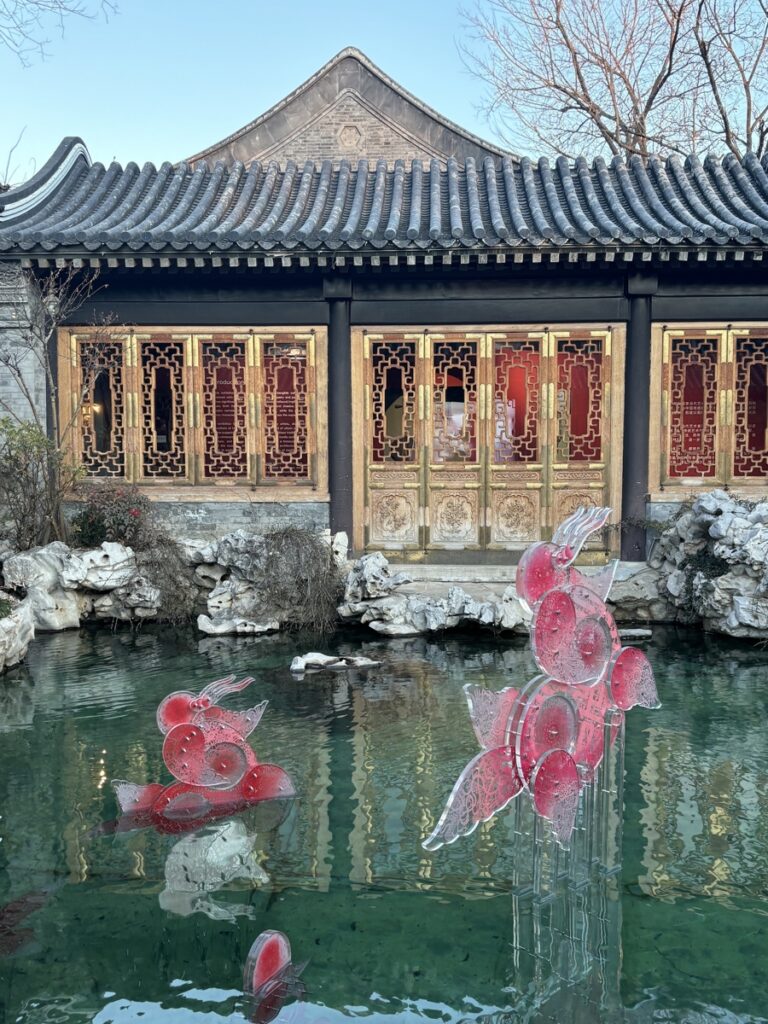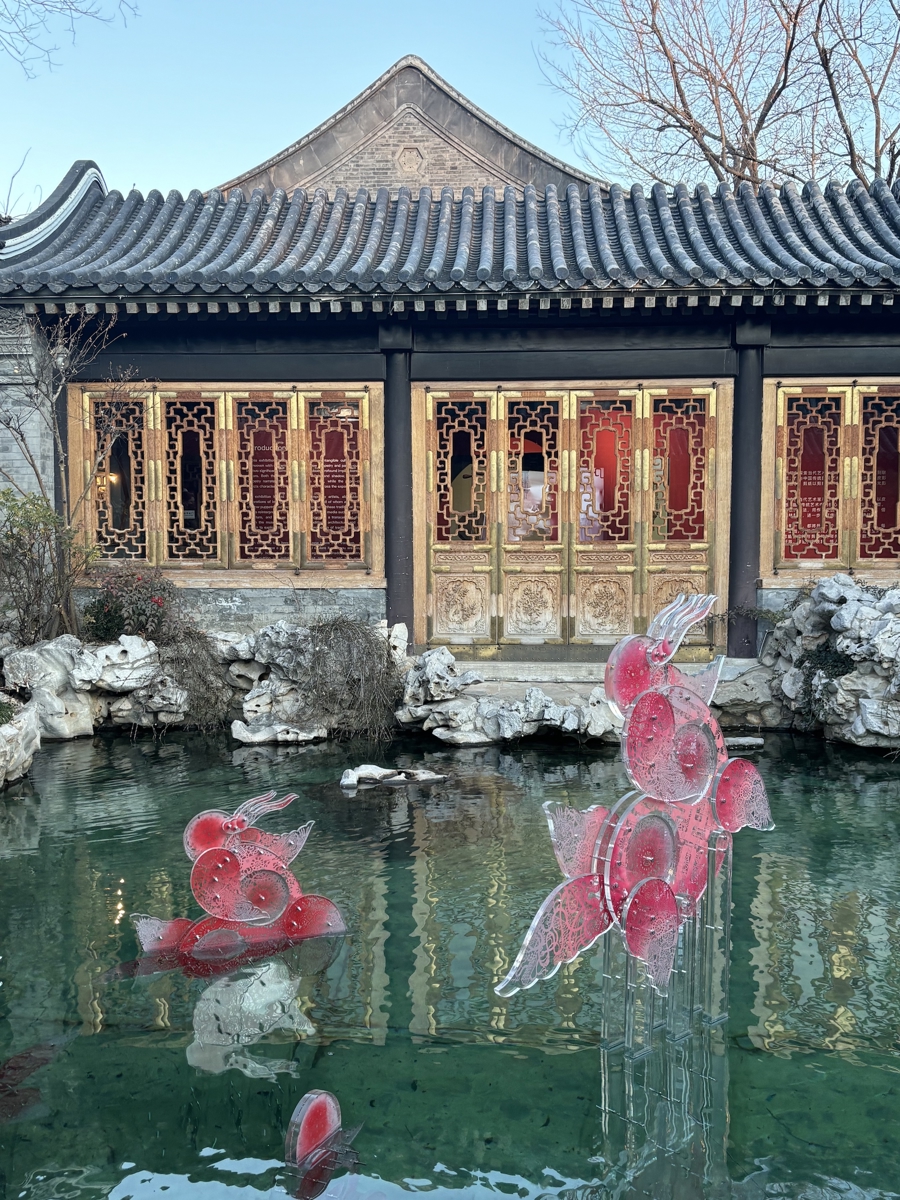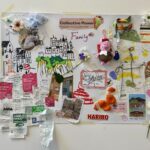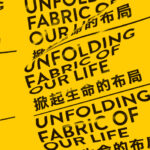What exactly is the core issue?
Based on the feedback from my tutor and peers, I have conducted further reflection and refinement on the core issues that I focused on in my personal project.
Initially, I believed that there was an oppositional relationship between mechanical reproduction and traditional handicrafts, which was a challenge to the very concept of artistic authenticity. However, through further research, I have gained a more detailed and nuanced understanding of this matter. According to Bourriaud (2002), the core task of contemporary art is not to confront systems, but to create heterogeneous connections within systems. I hope my project is attempting to establish such a connection: mechanical reproduction should not be the opposite of handicraft, but should achieve a kind of combination. This combination can also enable handicraft to reconfirm its own value.
For instance, there is a paper-cutting work by Cui Xiaochong titled “Leaping”. I have been keeping an eye on this artistic piece. He combined paper-cutting with dynamic projection. This work seems to rely on mechanical reproduction, but in fact, it triggers the light and shadow changes through the movement of the audience’s body. This also makes this work expand into a participatory production involving the audience’s bodies.

Cui Xiaoqing’s “Leaping”, an exhibit at the “Ordering a Play” Traditional Shadow Puppetry and Contemporary Art Special Exhibition at Nanchizi Art Museum (Photo: Fan Xin)
This prompts me to reflect on the possibility that technology can serve as a booster for handicrafts rather than a substitute for them.
Reference
Bourriaud, N., Schneider, C. and Herman, J., 2002. Postproduction: Culture as screenplay: How art reprograms the world (Vol. 7). New York: Lukas & Sternberg.




